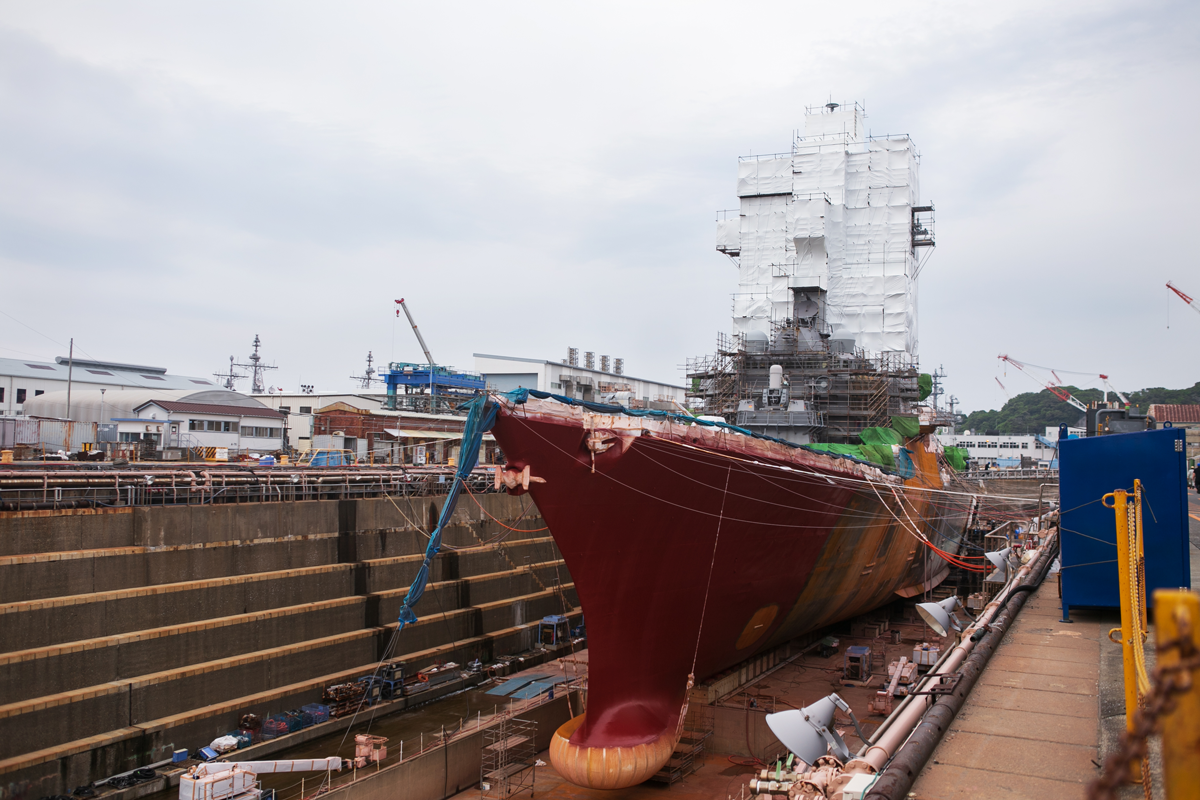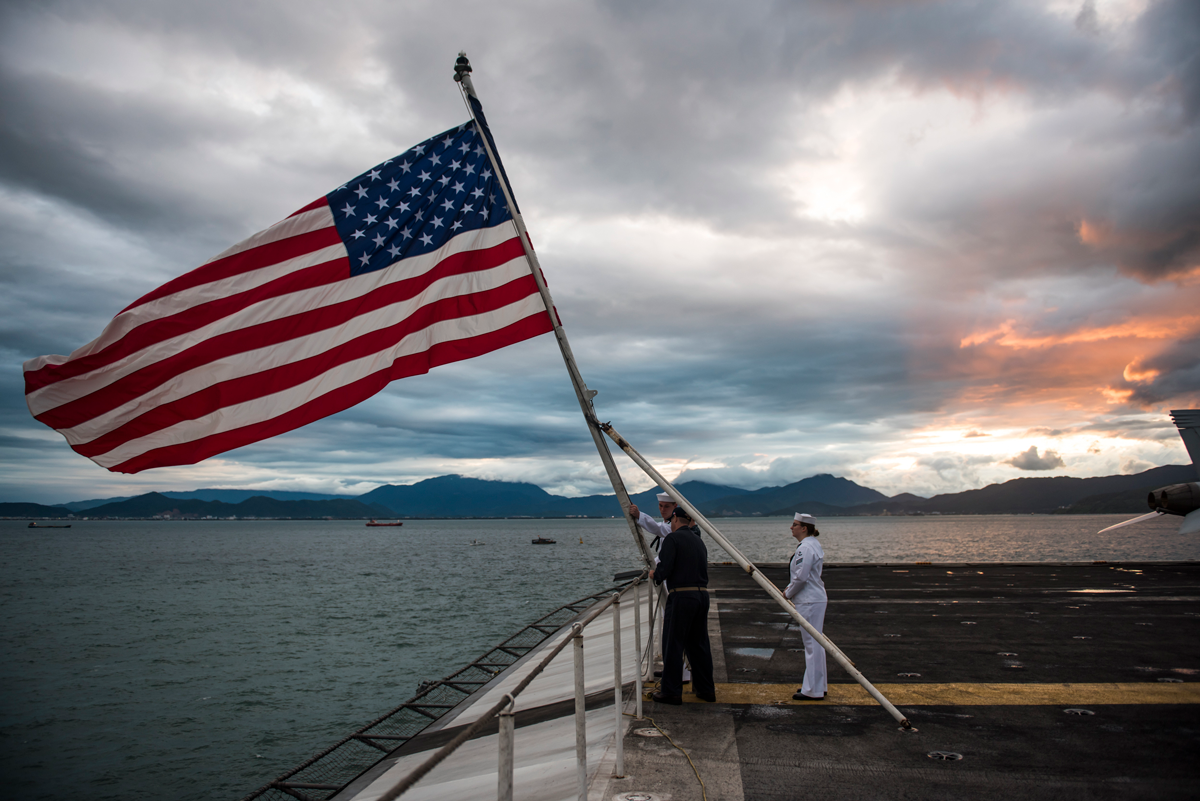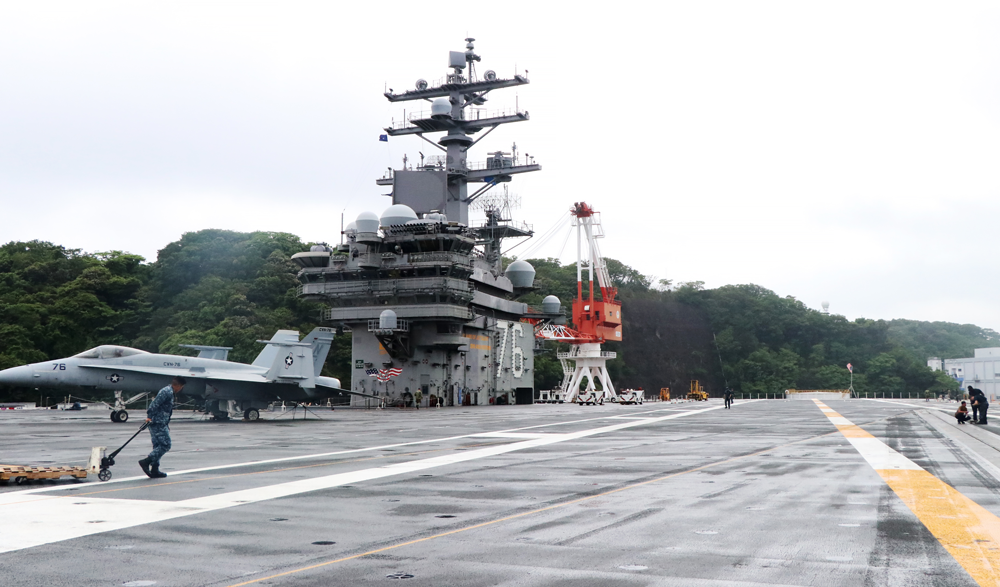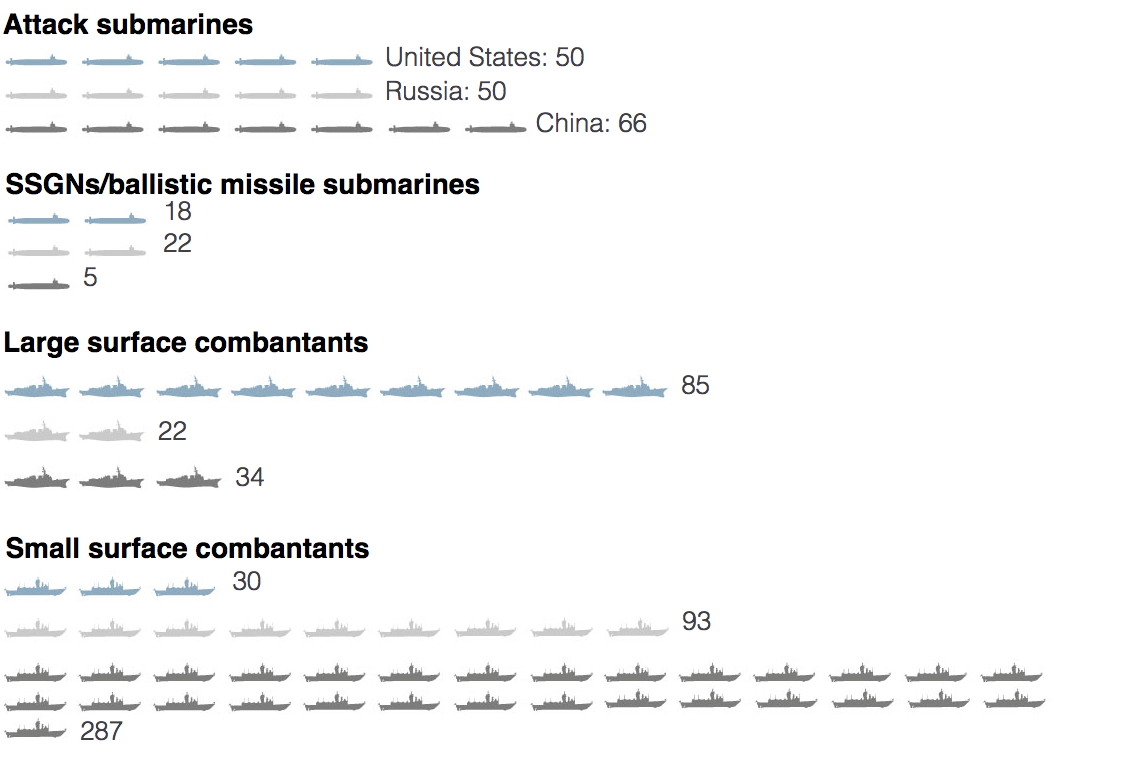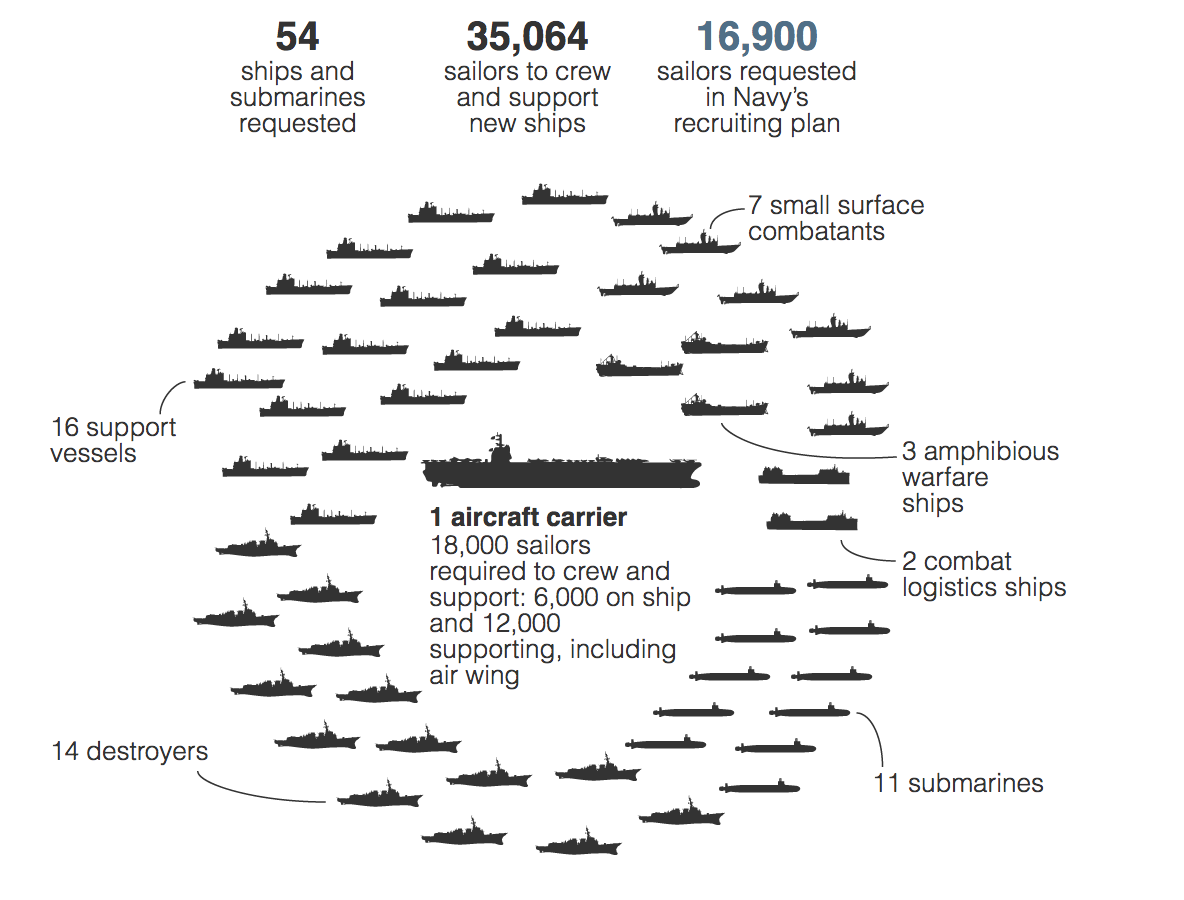The Navy’s Wake-Up Call
AND HOW THE U.S. IS ANSWERING IT
A year ago the nation was stunned by two pre-dawn collisions in the Pacific Ocean that killed 17 sailors and raised troubling questions about how two state-of-the-art U.S. destroyers could have collided with large, lumbering merchant vessels.
This special Medill School of Journalism-USA Today project examines the glaring flaws in readiness, training and tactics that triggered these tragedies and describes what the Navy is doing to prevent them from happening again.
How climate change is threatening the Navy’s footprint in the Pacific
By Kate Cimini
Guam is central to U.S. security interests in the region. It is home to two of the nation’s most strategically important military bases — both threatened by climate change. READ MORE
Dangerous exhaustion: Mission creep a way of life in Western Pacific
By Oyin Falana
Navy touts new generation of supercarriers
By Kevin Schmidt
The new generation of carriers have more firepower, advanced nuclear reactors, more flight deck space for aircraft, and a state-of-the-art new system for launching aircraft, according to a Medill-USA Today review of the Navy’s carrier program. READ MORE
Trump’s skepticism aside, the Navy is taking climate change seriously
By Gerald Harris
The 2018 National Defense Authorization Act has ordered the Pentagon to identify the top 10 military bases threatened by climate change for the Navy and the other service branches by November. READ MORE

